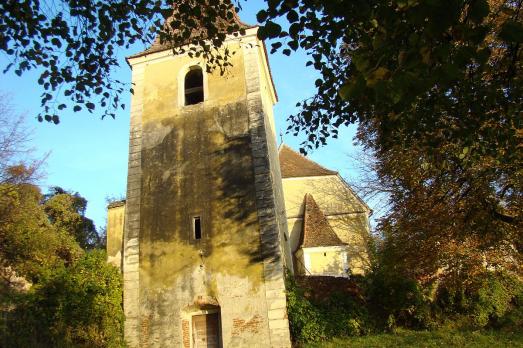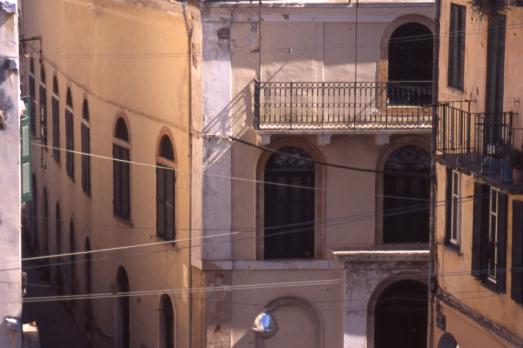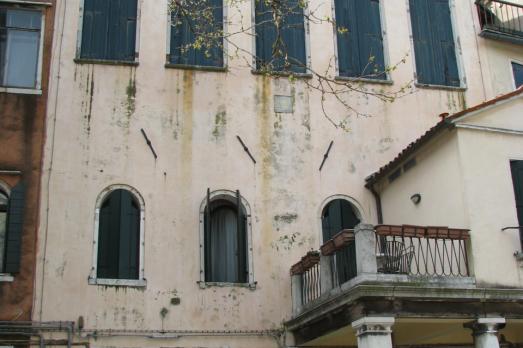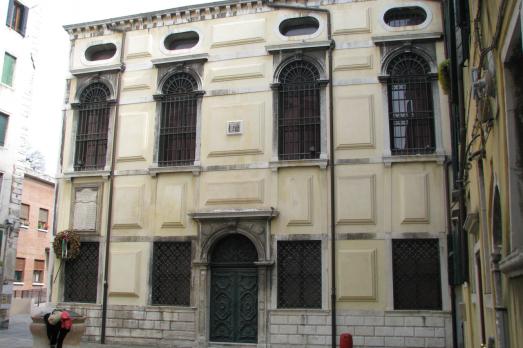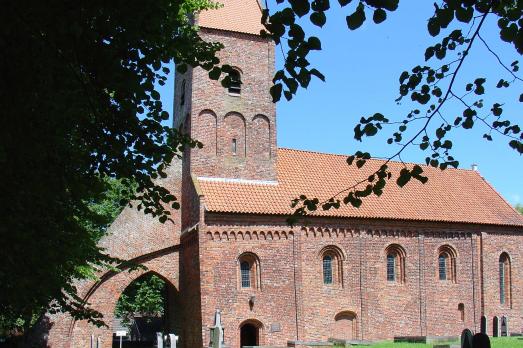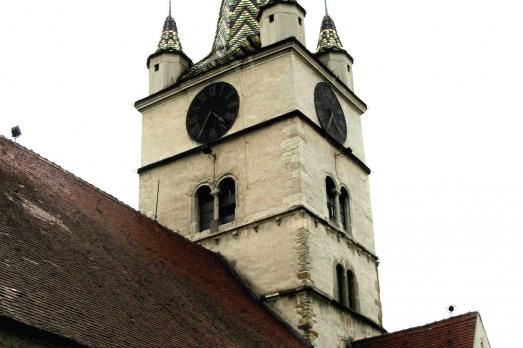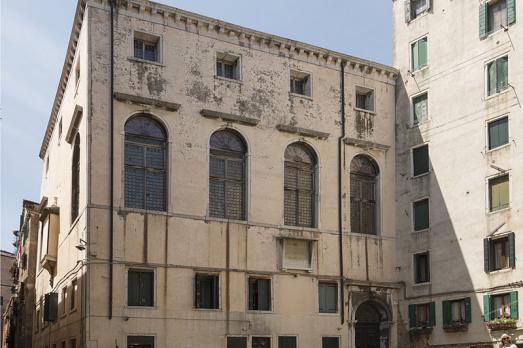
Scuola Grande Spagnola
Venice, IT
The Spanish synagogue is one of the two functioning synagogues in Venice. It was built in 1580 and was restored in 1635. It is a clandestine synagogue meaning that the exterior was not allowed to appear as a place of worship. The synagogue is still open today for services.
